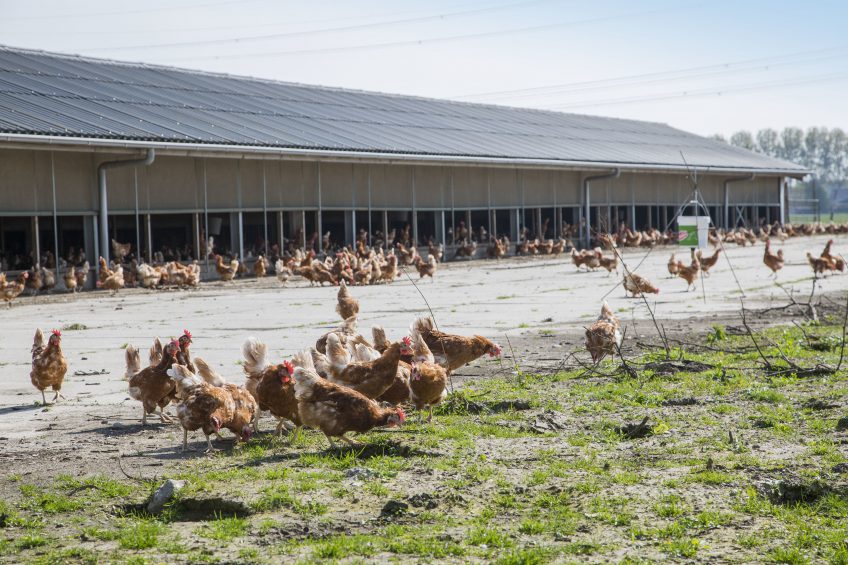European birds heading back outside

European countries are beginning to allow birds outdoors as the threat from avian influenza continues to recede.
Defra’s decision to list the additional requirements to house poultry in the Higher Risk Areas in England last week has been replicated by other nations.
Danish chickens quarantined for 5 months
In Denmark, chickens have been allowed outdoors after 5 months under quarantine. Per Henriksen, veterinary director at the Danish Veterinary and Food Administration, told the Copenhagen Post that there will always be a risk of bird flu, but it was lower than before. “Moreover, many chickens have been kept indoors for a long time, often in conditions that are not suitable for them when the weather gets warmer.”
Mr Henriksen said he believed the decision to place the birds in quarantine had worked as Denmark had been much less affected by bird flu than other nations. The country, which had just 2 outbreaks in small flocks, has been declared a bird flu-free zone and exports to a number of countries, including South Korean have resumed.
2 month housing restriction in Austria
Austria lifted its 2 month long housing restrictions on its poultry in late March. The Austrian Health Ministry in January, ordered all poultry indoors after the H5N8 virus was found in dead wild birds near its borders with Germany and Switzerland.
But the Ministry said there had been a significant improvement in the situation since the beginning of March both in Austria and abroad.
Also interesting: Avian influenza difficult to deal with
Changes imminent in Belgium
Belgium is due to make an imminent announcement on possible changes to restrictions. However, the French government have ordered up to 2,000 duck and goose producers to keep their houses empty of birds for 6 weeks between 17 April and 28 May in a bid to combat avian influenza, which has badly affected the south west of the country.
France’s foie gras industry has been hard hit by outbreaks over the past 2 years and has faced a range of virus strains including H5N8, H5N2, H5N1, H5N3 and H5N9.












